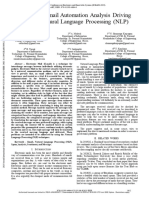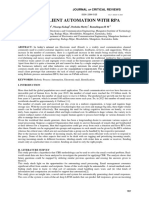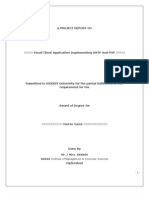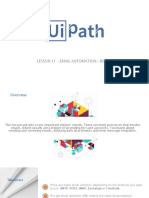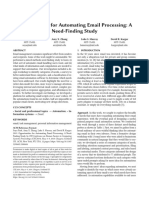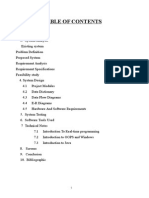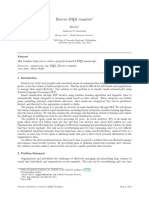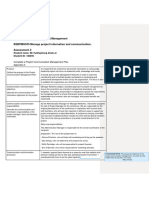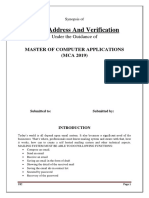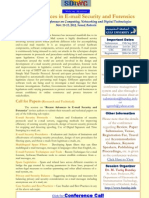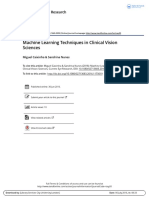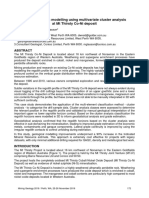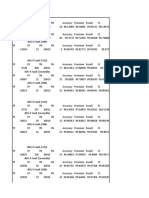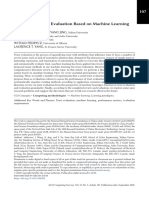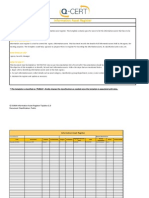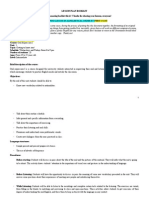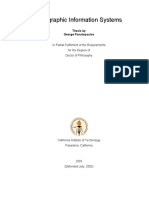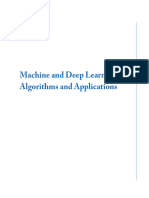0% found this document useful (0 votes)
6 views3 pagesE-Mail Analysis and Processing of Large E-Mail Databases
The document outlines the process of analyzing and processing large email databases, detailing steps such as data collection, preprocessing, text processing, categorization, and pattern recognition. It emphasizes the use of various tools and technologies, including programming languages and libraries, to extract insights and automate tasks while addressing challenges like data privacy and volume. Additionally, it highlights potential use cases for email data processing, including customer support and compliance monitoring.
Uploaded by
marambhuvan2004Copyright
© © All Rights Reserved
We take content rights seriously. If you suspect this is your content, claim it here.
Available Formats
Download as DOCX, PDF, TXT or read online on Scribd
0% found this document useful (0 votes)
6 views3 pagesE-Mail Analysis and Processing of Large E-Mail Databases
The document outlines the process of analyzing and processing large email databases, detailing steps such as data collection, preprocessing, text processing, categorization, and pattern recognition. It emphasizes the use of various tools and technologies, including programming languages and libraries, to extract insights and automate tasks while addressing challenges like data privacy and volume. Additionally, it highlights potential use cases for email data processing, including customer support and compliance monitoring.
Uploaded by
marambhuvan2004Copyright
© © All Rights Reserved
We take content rights seriously. If you suspect this is your content, claim it here.
Available Formats
Download as DOCX, PDF, TXT or read online on Scribd
/ 3


